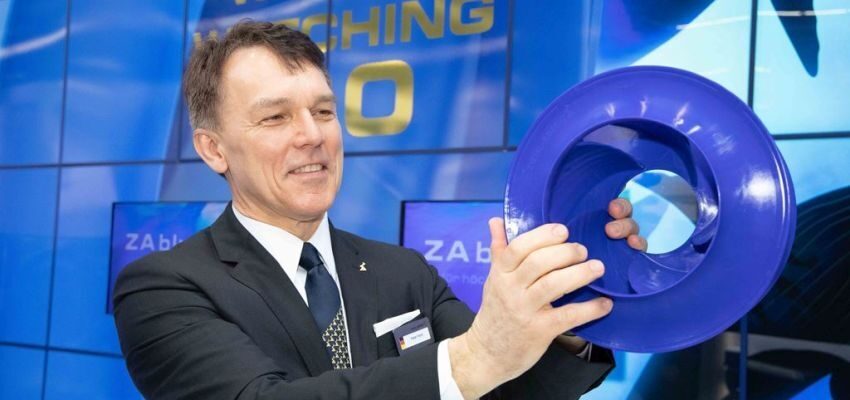Ziehl-Abegg uses biomimicry to reduce CO2 consumption
The transformer fan manufacturer Ziehl-Abegg is utilising biomimicry to further reduce CO2 consumption through new and innovative fan models.

The transformer fan manufacturer Ziehl-Abegg is utilising biomimicry to further reduce CO2 consumption through new and innovative fan models.
The humpback whale served as the model for the latest composite material fan development which also incorporates biomimicry features of owls and trees. This improves the carbon footprint equally in two ways: through a significant reduction in the material used as well lower energy consumption when operating in climate control equipment and industrial ventilation systems.
Ziehl-Abegg is already at more than 70 % peak efficiency with its centrifugal fans, so every opportunity for the optimisation of performance must be utilised. Savings in material content and improved aerodynamics halve CO2 emissions associated with manufacturing, whilst maintaining the same ventilation performance.
The trailing edges of the fan blades are modelled on the owl wing. Serrated trailing edges of fans are now seen as a trademark of Ziehl-Abegg. In the new fan however, the design of the serrations was a little smoother.
How has this been achieved with the ZAbluefin fan? The five blades of the centrifugal fan merge into both the cover and back plate in exactly the same way as trees grow upwards: at a slight radius to the ground. This is scarcely visible with the naked eye, because the curves which mimic a tree are minimal. Nevertheless, these bionic approaches in the blade transition provide the same strength as heavy wings – enabling the use of materials to be significantly reduced.
Source: Ziehl-Abegg
#biomimicry#CO2 consumption#fan models#transformer fan manufacturer#Ziehl-Abegg




